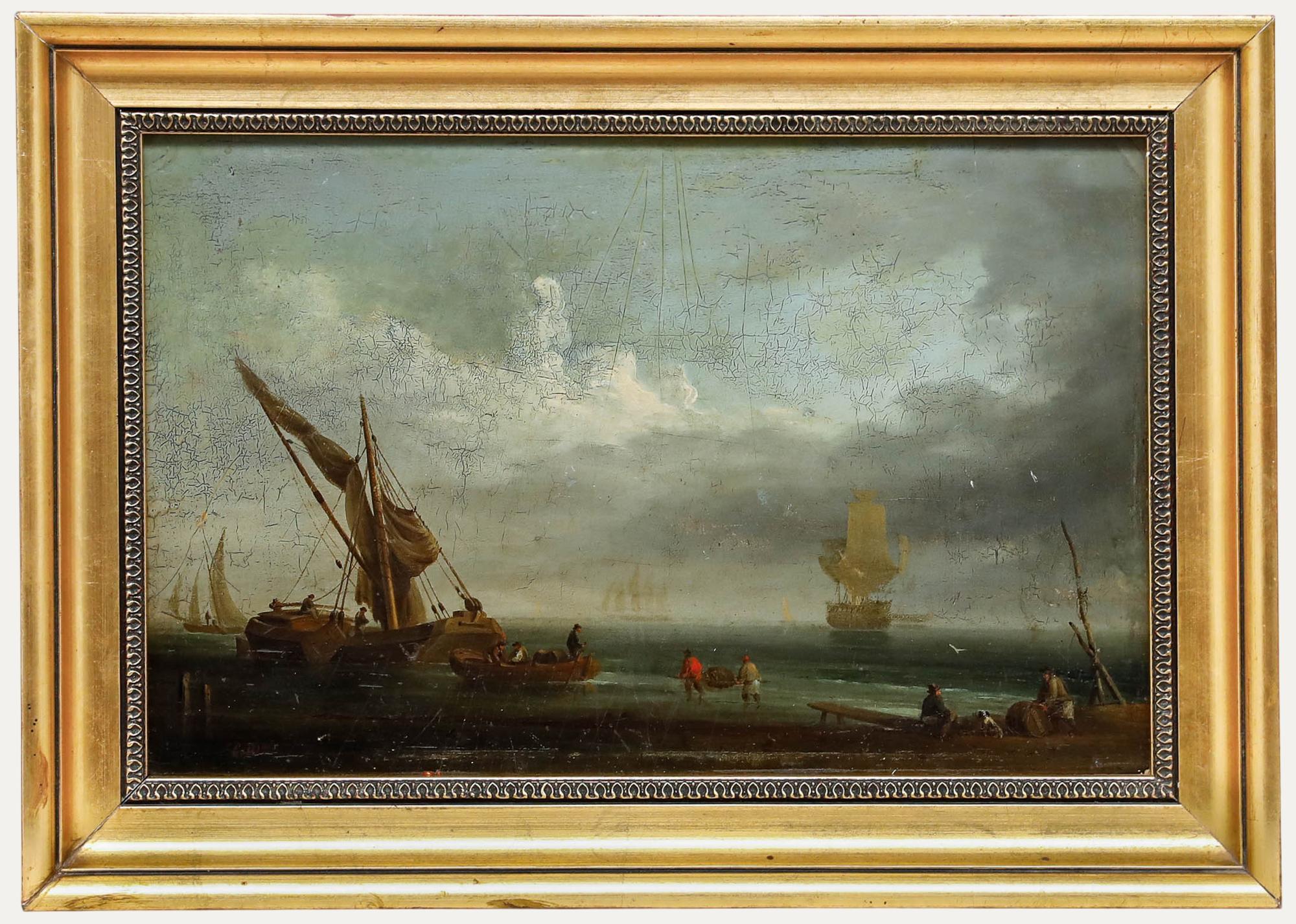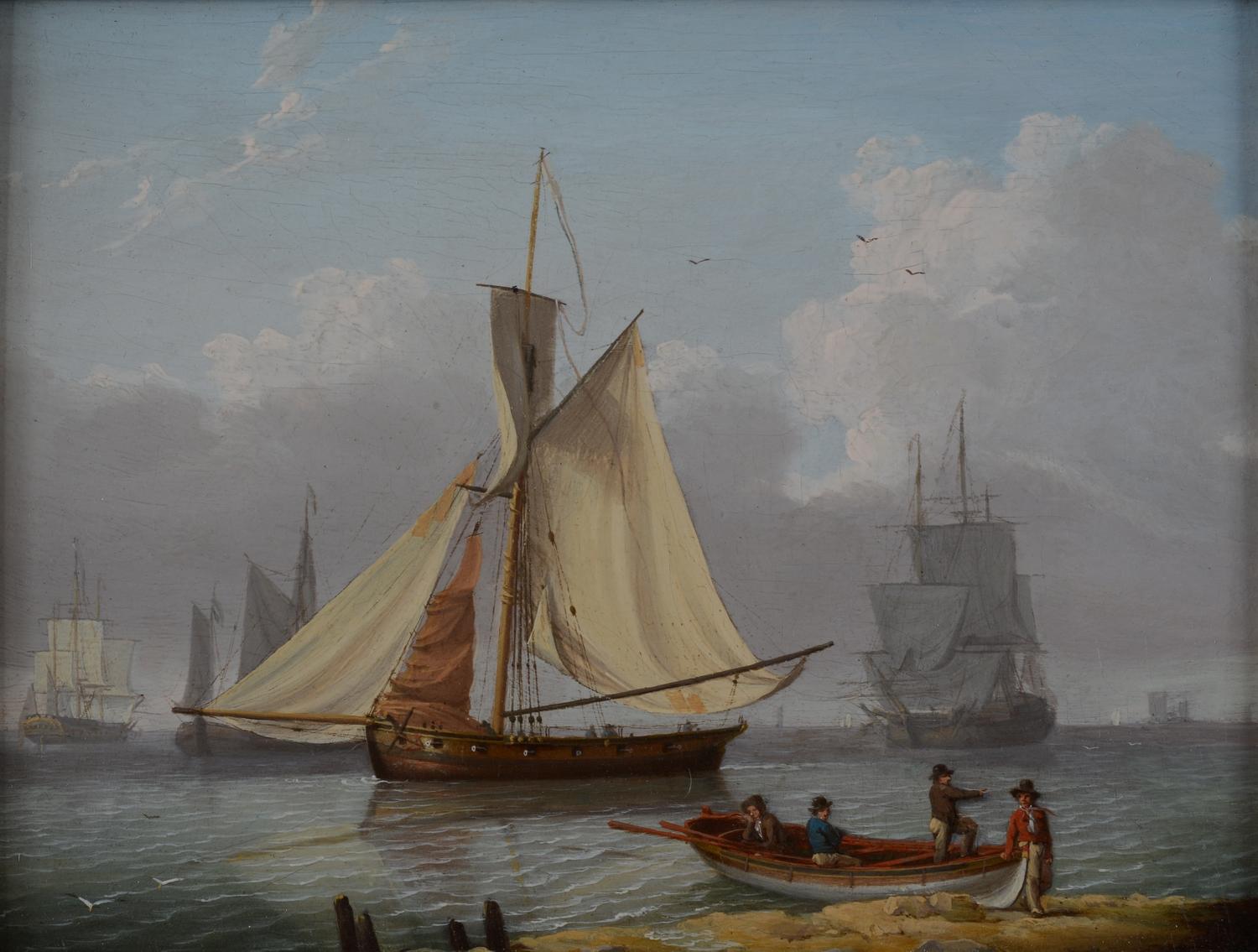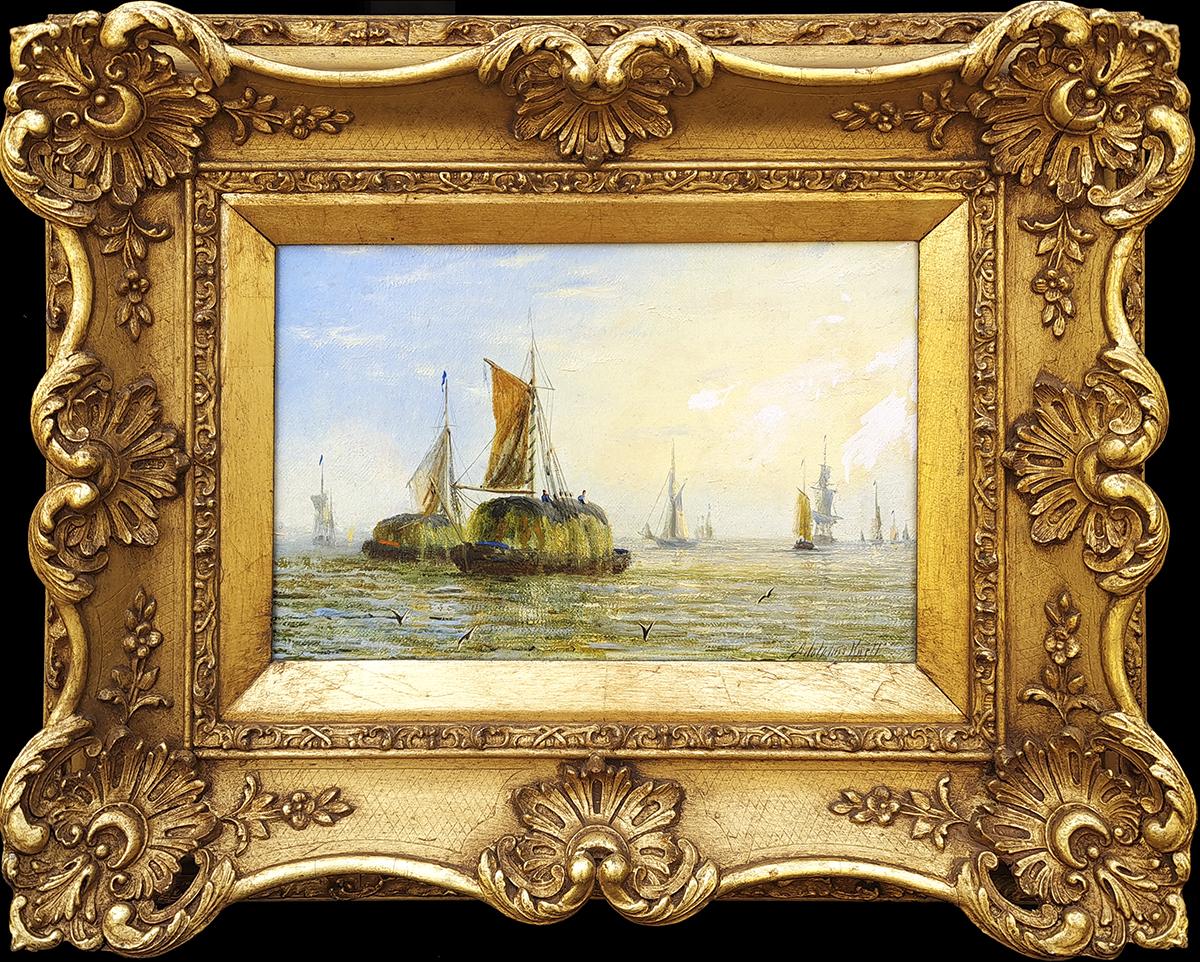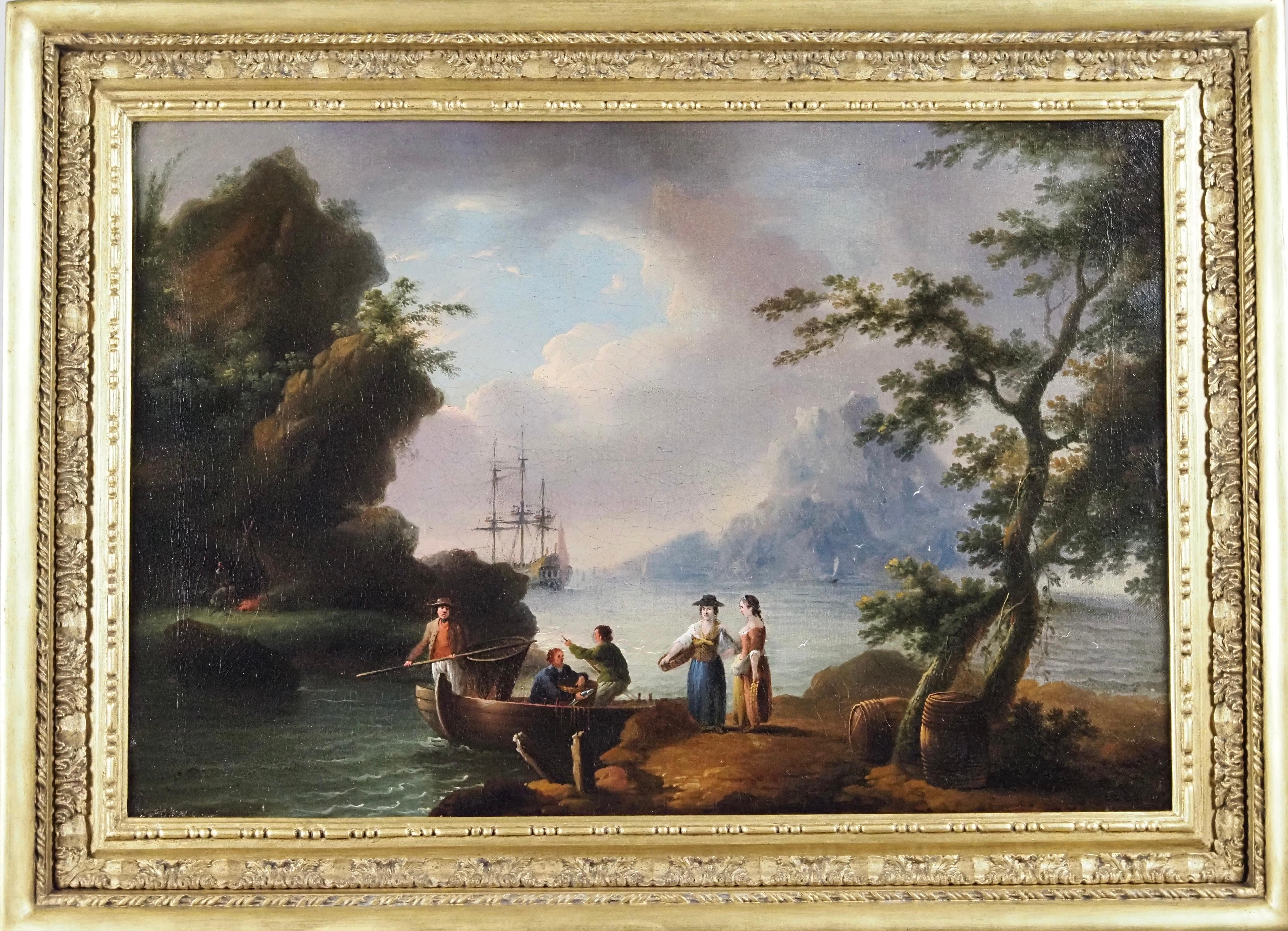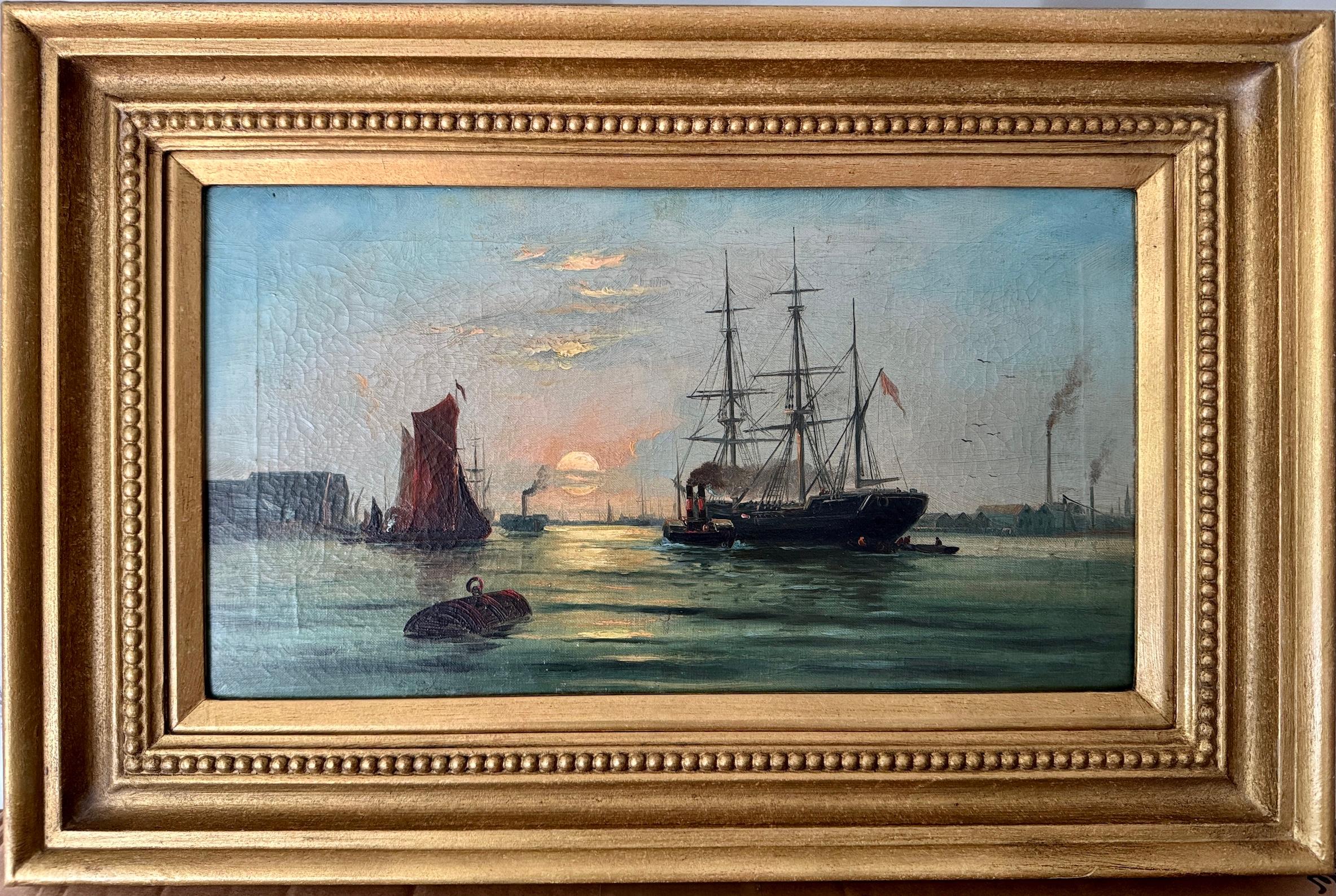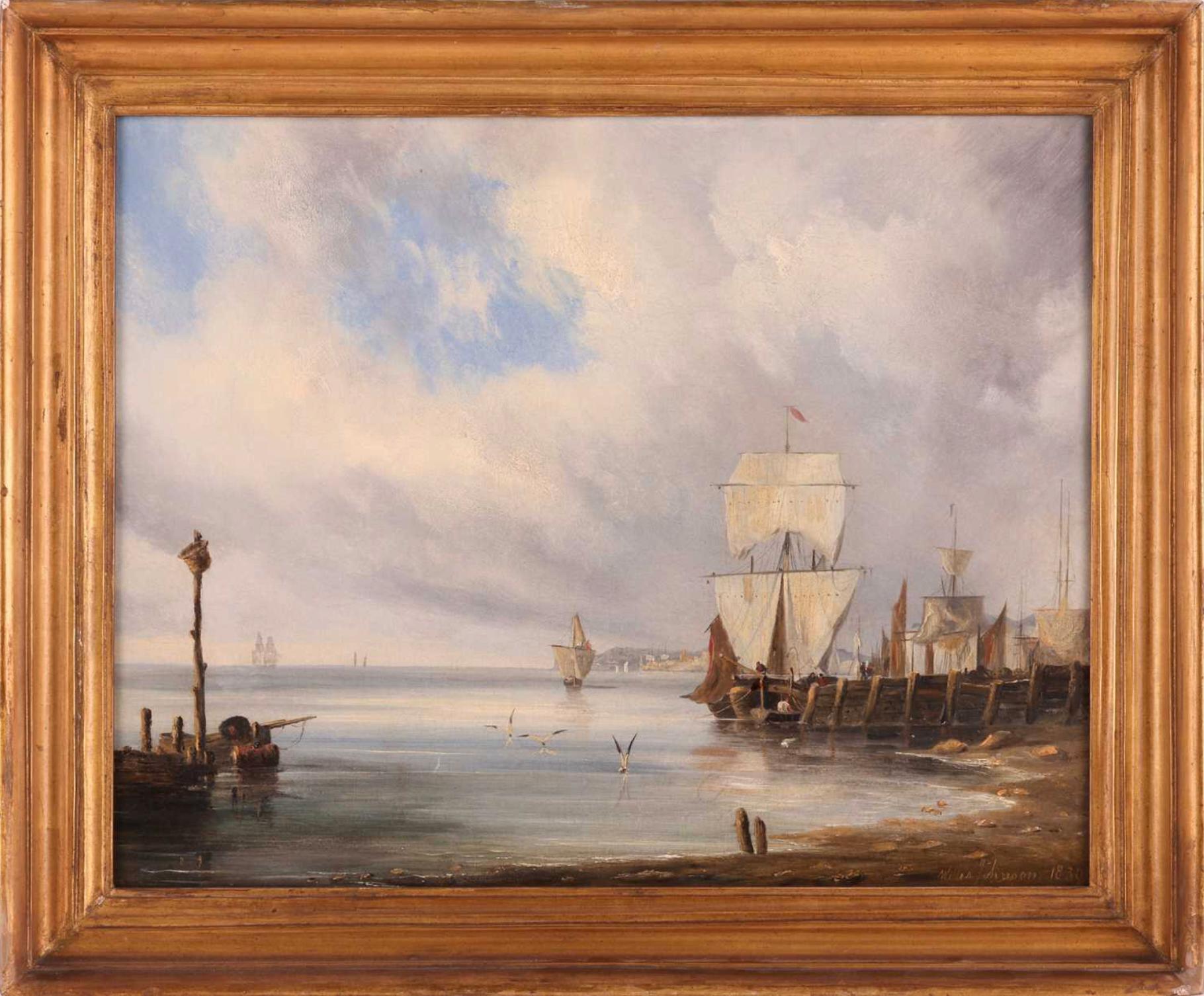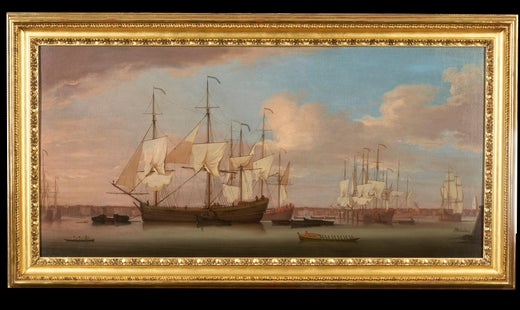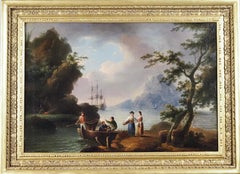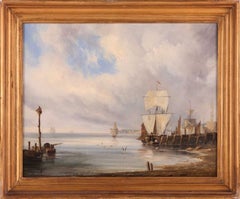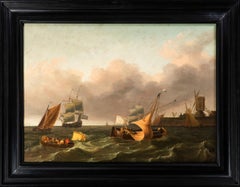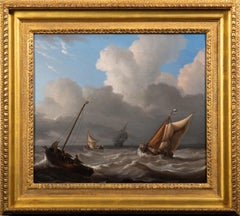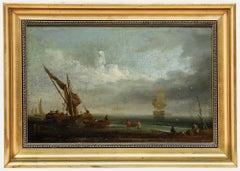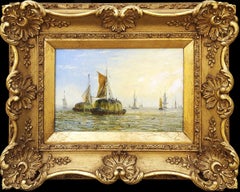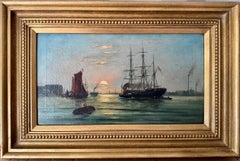Peter MonamyColliers lying in the Thames at Deptford and unloading their cargoes for London
About the Item
- Creator:Peter Monamy (1681 - 1749, British)
- Dimensions:Height: 32 in (81.28 cm)Width: 59 in (149.86 cm)
- Medium:
- Movement & Style:
- Period:
- Condition:
- Gallery Location:Stoke, GB
- Reference Number:1stDibs: LU446315755512
Peter Monamy
Peter Monamy was born in London in 1681 to Pierre Monamy from Guernsey and Dorothy Gilbert. At the age of 15, he was apprenticed to William Clark, Master of the Worshipful Company of Painter-Stainers who provided interior decorations including paintings on paneling, overmantels and murals. Many of his paintings were displayed in the shop window. He succeeded the business upon Clark’s death and began specializing in marine scenes. He seems to have spent time in Ireland and then Plymouth painting commissions for marine and naval scenes. During the early 1720s, he settled in Westminster taking a studio there and established himself as London's pre-eminent marine painter. Monamy specialized in naval vessels at sea, usually Man-of-War ships off the British coast and often included forts or castles in his paintings. Examples of his works are held by the Glasgow Museum, Jersey Museum, National Maritime Museum, National Trust, University of Greenwich, Victoria & Albert Museum and The Wilson.
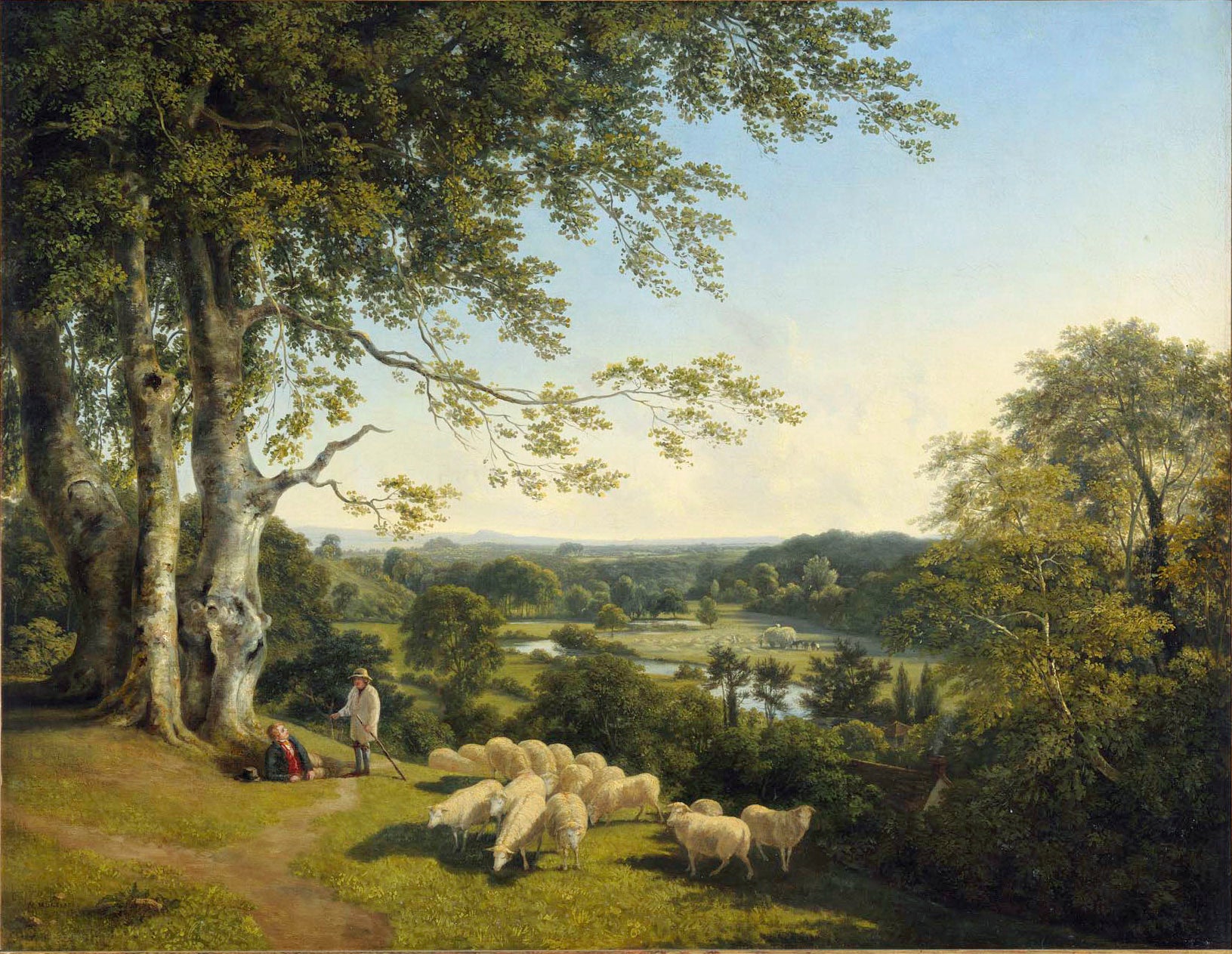
- ShippingRetrieving quote...Shipping from: Andover, United Kingdom
- Return Policy
More From This Seller
View All18th Century Old Masters Landscape Paintings
Oil
19th Century Victorian Landscape Paintings
Oil
17th Century Landscape Paintings
Oil
Early 19th Century Old Masters Landscape Paintings
Oil
17th Century Old Masters Landscape Paintings
Oil
19th Century Victorian Landscape Paintings
Oil
You May Also Like
Mid-19th Century Figurative Paintings
Oil
Late 18th Century Landscape Paintings
Oil
19th Century Landscape Paintings
Canvas, Oil
1890s Victorian Figurative Paintings
Canvas, Oil
19th Century Figurative Paintings
Oil
19th Century Victorian Landscape Paintings
Canvas, Oil
